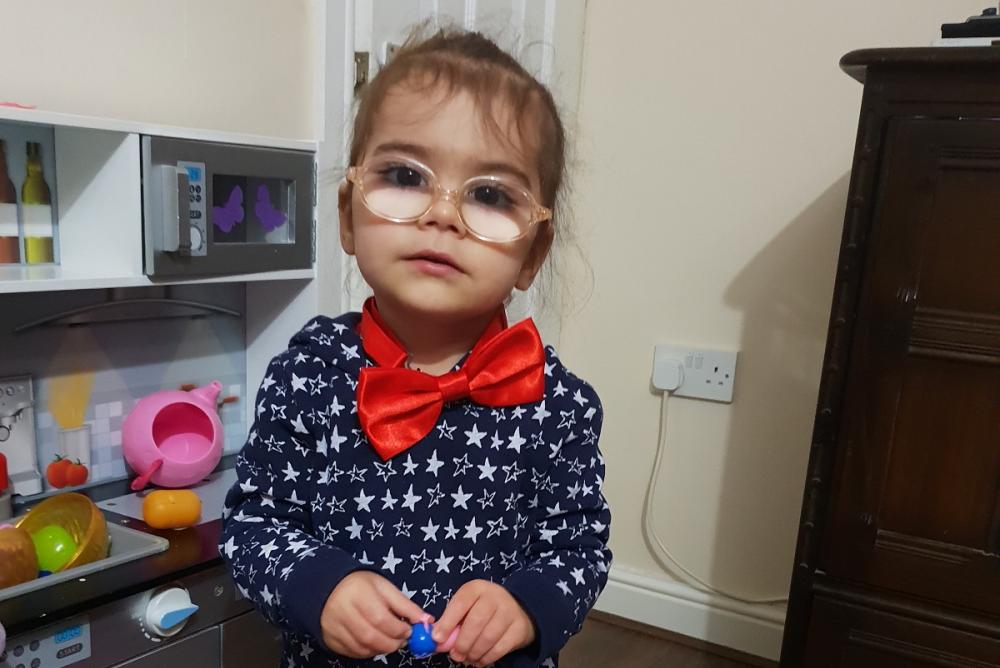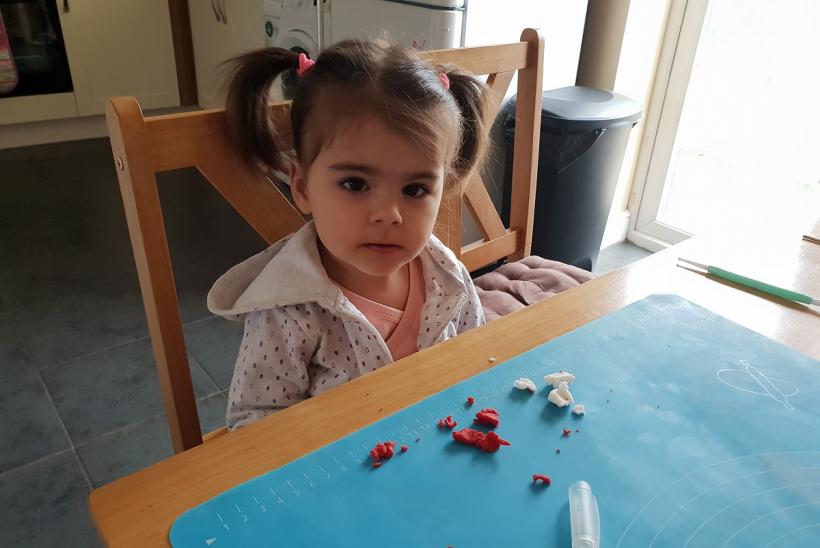Gene therapy offers a potential cure to children born without an immune system
An international team of researchers at Great Ormond Street Hospital (GOSH), and University of California, Los Angeles (UCLA) have developed a gene therapy that successfully treated 48 out of 50 children with a form of severe combined immunodeficiency that leaves them without an immune system.
What is ADA- SCID?
Severe combined immunodeficiency due to adenosine deaminase deficiency, also known as ADA-SCID, is a rare, life-threatening disease that prevents children from living a normal life. It is caused by mutations in the gene that creates the enzyme adenosine deaminase, which is essential to a functioning immune system.
Children with ADA-SCID have no immune system and, if left untreated, the condition can be fatal within the first two years of life. Day-to-day activities like going to school or playing with friends can lead to a dangerous infection. Recently, new-born screening for SCID has been implemented in some countries to help diagnose the condition early in life.
Results of the study
In a new study published in the New England Journal of Medicine, co-lead authors Professor Donald Kohn (UCLA) and Dr Claire Booth (GOSH) reported the two- to three-year outcomes of 50 children who were treated in clinical trials with an experimental stem cell gene therapy for ADA-SCID between 2012 and 2017.
The standard treatment for ADA-SCID involves once or twice weekly injections of the ADA enzyme until a matched bone marrow donor – usually a close family member – can be found. If a matched bone marrow donor is not available, patients require lifelong ADA injections along with preventative medicines. These treatments are expensive and therefore out of reach for patients in many countries.
If approved, gene therapy would be a welcome new treatment option for ADA-SCID as it is a one-time procedure that has the potential to provide life-long results.
Two to three years after the treatment, all of the 50 children treated with the new gene therapy at Great Ormond Street Hospital, UCLA Mattel Children’s Hospital and the National Institutes of Health (NIH) are alive and well. Of these, 48 are no longer showing symptoms of ADA-SCID, although they will have lifelong monitoring. In the two cases in which treatment wasn’t successful, both children were able to return to current standard treatments, with one eventually receiving a bone marrow transplant.No serious side effects have so far been reported, with generally mild or moderate complications experienced from the necessary preparation for the gene therapy.
Success for four-year-old Sarah

One of the patients treated was four-year-old Sarah from South Yorkshire. She was less than ten days old when her mum Maria became concerned about her daughter’s weight loss and sore, bleeding nappy rash that wouldn’t heal. Tests revealed Sarah had ADA-SCID:
“I remember the exact time I saw the paper that had the blood test results on and the diagnosis. I saw it was SCID and I was incredibly upset… I wasn’t allowed to kiss my daughter or sleep next to her. Everything had to be highly sterilised to keep her safe. It was horrible to not be able to do normal things with my own daughter.”
Sarah was referred to GOSH for gene therapy and several years after her treatment is doing very well:
“Before, her nappy rash was always bleeding and sore, she was being sick and losing weight. Six months after she was given the gene therapy her skin was clean and healthy and the other symptoms got a lot better. She’s doing so well now and can do everything a normal child her age would do.”
Sarah’s treatment has had a huge impact on the whole family, but it also inspired Maria to go back to studying and train to become a nurse.
“I now know how it feels to have your child as a patient and to be so sick, and I want to use my experience to help others in a similar position.”
Advances in the gene therapy
In earlier trials of gamma-retroviral gene therapy for other similar diseases, serious side effects including leukaemia have been seen in some patients. Now, lentiviral gene therapy technology has advanced significantly and offers the potential to improve the safety and efficacy profile of this treatment option for patients.
The gene therapy approach described in the paper involves first removing some of the patient's blood-forming stem cells, which create all types of blood and immune cells. Next, a viral vector is used to deliver a new copy of the ADA gene into the DNA of the patient's cells. These corrected stem cells are then returned to the patient where, once engrafted, they go on to produce a seemingly continual supply of healthy immune cells capable of fighting infection.
Dr Claire Booth, co-lead author, Mahboubian Associate Professor in Gene Therapy and GOSH consultant in Paediatric Immunology and Gene Therapy: “If approved in the future, this treatment could be standard for ADA-SCID, and potentially many other genetic conditions, removing the need to find a matched-donor for bone marrow transplant and the toxic side effects often associated with that treatment. We need and want guidelines to change so we can start offering this potential cure to children and provide it as a first-choice treatment – this research could set those wheels in motion.”
Prof Adrian Thrasher, Professor of Paediatric Immunology at GOSH and Wellcome Principal Research Fellow, said “We started gene therapy at GOSH around 20 years ago and now have refined the process to offer a potential cure for children born with this debilitating condition. Over 200 patients with various genetic conditions across the world have now been treated with this type of gene therapy – this is another very significant breakthrough.”
Accessible treatments
Ten of the children in the study were treated at UCLA using a frozen preparation of corrected stem cells. These children experienced similar outcomes to the children treated with cells that were not frozen. This approach using frozen preparation may allow children to have their stem cells collected locally, have them transported and processed at a manufacturing facility elsewhere, and then shipped back to a local specialised hospital, possibly removing the need to travel long distances to specialist centres.
A trial of the cryopreserved treatment is now underway at the Zayed Centre for Research into Rare Diseases in Children in partnership with Great Ormond Street Hospital, London, UK. The investigational lentiviral vector treatment is licensed to Orchard Therapeutics. Professors Thrasher and Kohn serve on Orchard Therapeutics’ scientific advisory board.
Positive results from this trial could support gene therapy to become a possible first-line treatment for this devastating disease.
Meet the team behind the trial.
All research at Great Ormond Street Hospital NHS Foundation Trust is made possible by the NIHR Great Ormond Street Hospital Biomedical Research Centre.


